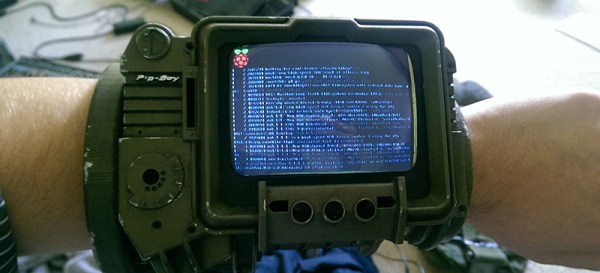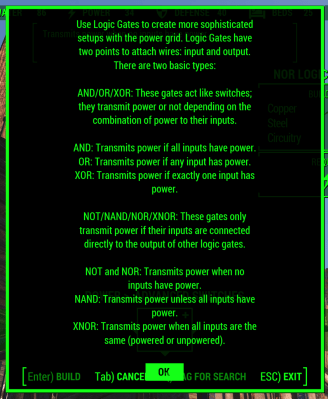
Fallout 4, the latest tale of post-apocalyptic tale of wasteland wanderers, got its latest DLC yesterday. This add-on, Contraptions Workshop, adds new objects and parts to Fallout 4‘s settlement-building workshop mechanic. This add-on brings more building pieces, elevators, and most importantly logic gates to Commonwealth settlements.
The Fallout logic gates are used in conjunction with electric generators, lights, and automated sentries used to build settlements. Although a simple NAND would do, there are several types of logic gates including AND, OR, XOR, NOT, NAND, NOR, and XNOR.
The in-game explanation for these gates is very, very weird. AND, OR, and XOR “transmit power or not depending on the combination of power to their inputs”. NOT, NAND, NOR, and XNOR are apparently different, “only transmitting power if their inputs are connected directly to the output of other logic gates”. The reason for this arbitrary distinction between different sets of gates is currently unknown except to a few programmers and project leaders at Bethesda. It should be noted {AND, OR, XOR} is not functionally complete.
With implementations of logic gates in video games comes some very interesting if useless applications. Already Fallout 4 has light boxes, allowing for huge animated billboards. Fallout speakers, the wasteland’s equivalent of Minecraft’s note block, can be used to play simple melodies. You can do anything with a NAND, so we would expect automated, sequenced versions of animated billboards and monophonic synthesizers to appear in short order.
Functional completeness can add a lot to a game. Since Minecraft added redstone logic to the game, we’ve seen some very, very impressive block-based builds. The Minecraft CPU generally regarded as being the first, most complete CPU took about three months to design and build. This build didn’t use later additions to the redstone toolbox like repeaters, pistons, and the now-cheaty command blocks.

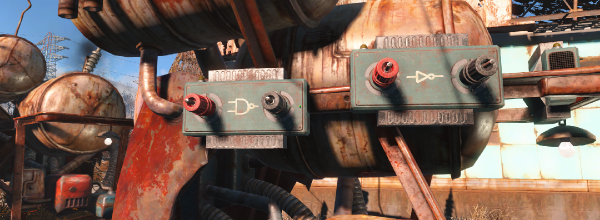
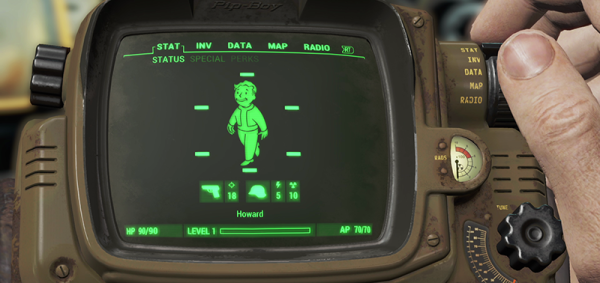

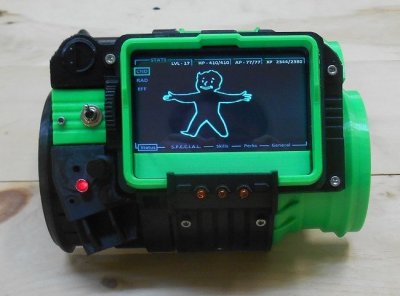 The most iconic thing you’ll find in a Fallout game is the Pip-Boy, the UI for the player and a neat wrist-mounted computer (that somehow has a CRT in it, I guess) for the player’s character. Hackaday’s own [Will Sweatman]
The most iconic thing you’ll find in a Fallout game is the Pip-Boy, the UI for the player and a neat wrist-mounted computer (that somehow has a CRT in it, I guess) for the player’s character. Hackaday’s own [Will Sweatman] 
